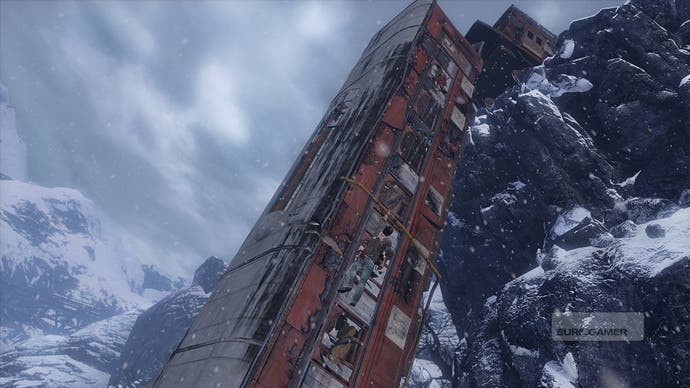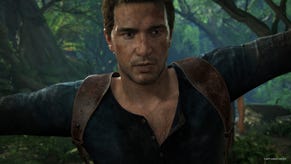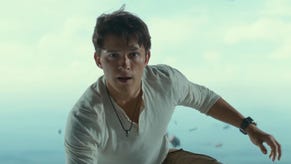Uncharted 2: Among Thieves
Naughty Dog has its day.
Uncharted 2: Among Thieves is beautiful, and Naughty Dog knows it. About halfway through, the game almost comes to a halt so that Nathan Drake can wander around a village where nobody speaks English and he is unable to run or use any of his small but imaginative range of gymnastic abilities. There is nothing to do but stare at the scenery: children and livestock scurrying across sun-baked mud-tracks crisscrossed by shadows cast from clothes fluttering back and forth on washing lines, the perfect transition of bright daylight to dark interiors, and a spectacular mountain range rising beyond the rooftops in panorama.
The attention to detail is beyond compare. One of the children squirms and blushes with embarrassment when Drake kicks him a football and he holds it to his chest uncertainly; the dark outlines of the clothing on the ground cast by the brilliant sun soften at their extremities, which are devoid of the jagged serration typical of game engines being pushed to their limits; Drake strolls with cautious optimism, as the exceptional voice actor Nolan North throws out a few gentle quips that convey his character's puzzlement without ever seeming contrived or scripted. Ahead of Drake walks Temzin, the hat-wearing sherpa whose dialogue you never understand, but with whom you develop one of the strongest bonds in the game.

The village also answers a question many were asking at the conclusion of 2007's marvellous Uncharted: Drake's Fortune, which lifted so many treasures from its peers - notably its Tomb Raider platforming and Gears of War combat - and fashioned them around Naughty Dog's own wit and matinee storytelling. Was the likeable Sony-exclusive developer, whose Jak & Daxter series had grown to mask its routine objectives behind novel weapons and punchy one-liners, capable of the subtle changes and deft transitions necessary to elevate the series to the same standing as mature action storytellers like Valve and Bungie?
The 90 minutes of action that precede the narrative braking manoeuvre are a game in themselves. Drake and new love interest Chloe Frazer are creeping and skirmishing through a city in the grip of a war between mercenaries fighting for the game's principle bad guy, Zorin Lazarevic, and local resistance. Lazarevic and Drake are both on the trail of the Cintamani Stone, a Buddhist sapphire with mystical properties, and its resting place in the legendary kingdom of Shambhala, otherwise known as Shangri-La. The length of a movie later, Drake is lying in the snow surrounded by a train-wreck, having been double-crossed, disarmed, blown up, demolished in a building, strafed by gunships and reunited with Elena, the heroine of Drake's Fortune, and the third point of the sequel's compelling love triangle.

Drake is broken and exhausted. He needs a lie down. So, more importantly, does the player, and Naughty Dog's answer is my favourite part of Uncharted 2 - a quarter of an hour's respite where you don't really do anything. It's the sort of change of pace that, having brought the game to a superb crescendo, Drake's Fortune would have squandered with a light jog through trees or ruins and a few perfunctory jumping puzzles. Uncharted 2's realisation of the developer's dream - to create the videogame equivalent of a comforting adventure film - is personified not merely by the impressive way the game expands and entangles its discrete mechanics to disrupt your expectations of an action platformer, but predominantly by the sympathetic organisation of high and low tempo set-pieces.









